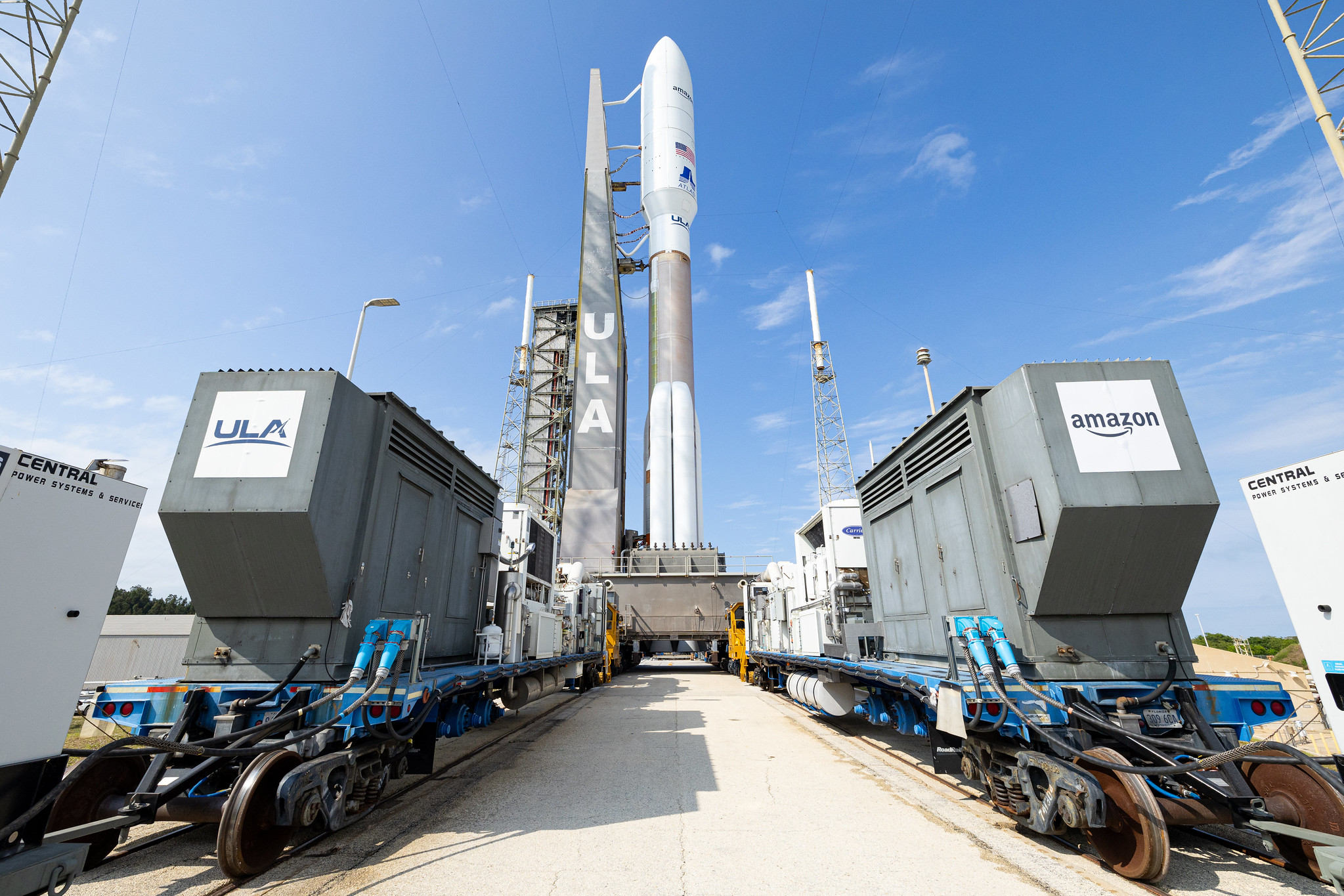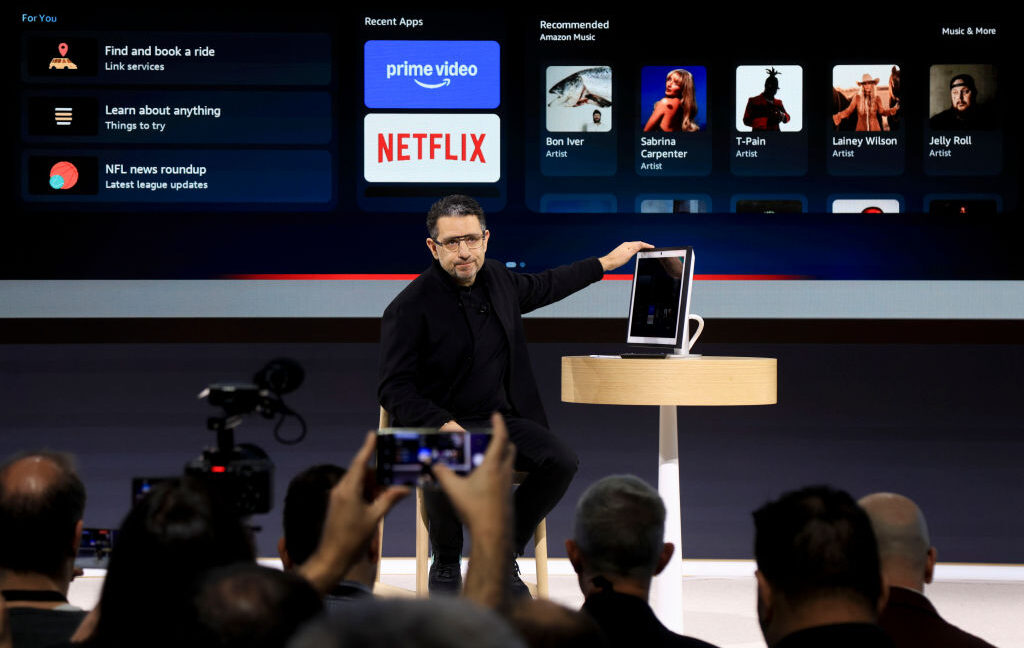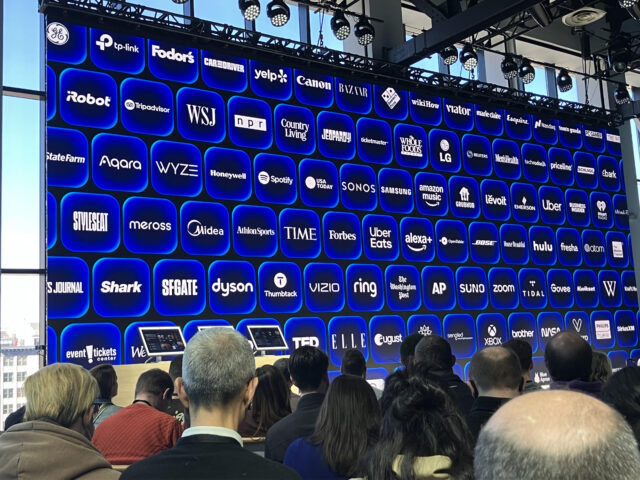Trump’s tariffs trigger price hikes at large online retailers
Popular online shopping meccas Temu and Shein have finally broken their silence, warning of potential price hikes starting next week due to Donald Trump’s tariffs.
Temu is a China-based e-commerce platform that has grown as popular as Amazon for global shoppers making cross-border purchases, according to 2024 Statista data. Its tagline, “Shop like a billionaire,” is inextricably linked to the affordability of items on its platform. And although Shein—which vows to make global fashion “accessible to all” by selling inexpensive stylish clothing—moved its headquarters from China to Singapore in 2022, most of its products are still controversially manufactured in China, the BBC reported.
For weeks, the US-China trade war has seen both sides spiking tariffs. In the US, the White House last night crunched the numbers and confirmed that China now faces tariffs of up to 245 percent, The Wall Street Journal reported. That figure includes new tariffs Trump has imposed, taxing all Chinese goods by 145 percent, as well as prior 100 percent tariffs lobbed by the Biden administration that are still in effect on EVs and Chinese syringes.
Last week, China announced that it would stop retaliations, CNBC reported. But that came after China rolled out 125 percent tariffs on US goods. While China has since accused Trump of weaponizing tariffs to “an irrational level,” other retaliations have included increasingly cutting off US access to critical minerals used in tech manufacturing and launching antitrust probes into US companies.
For global retailers, the tit-for-tat tariffs have immediately scrambled business plans. Particularly for Temu and Shein, Trump’s decision to end the “de minimis” exemption on May 2—which allowed shipments valued under $800 to be imported duty-free—will soon hit hard, exposing them to 90 percent tariffs that inevitably led to next week’s price shifts. According to The Guardian, starting on June 1, retailers will have to pay $150 tariffs on each individual package.
Trump’s tariffs trigger price hikes at large online retailers Read More »



















